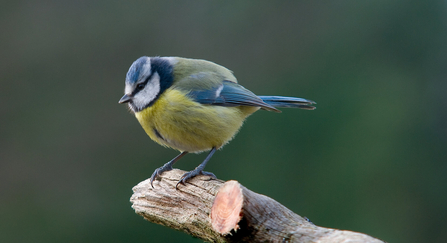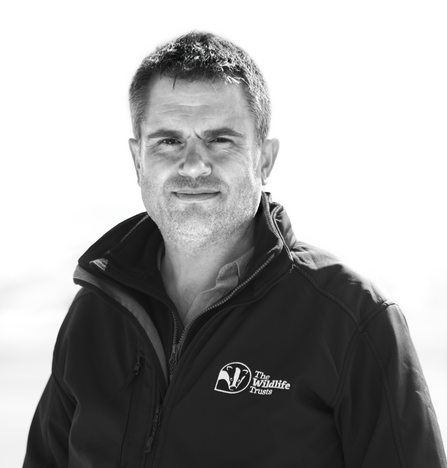A new evidence report, ‘HS2 double jeopardy: how the UK’s largest infrastructure project undervalued nature and overvalued its compensation measures’ reveals fundamental flaws in the way HS2 Ltd has assessed the value of nature along the construction path of HS2.
It finds that HS2 Ltd has hugely undervalued natural habitats and the wildlife that is being destroyed by the construction along the route – while simultaneously overvaluing the impact of its nature compensation measures.
For example, Phase 1 which covers 140 miles of track between London and the West Midlands, will cause at least 7.9 times more nature loss than accounted for by HS2 Ltd. The new analysis finds that HS2 Ltd has hugely undervalued wild places being destroyed along the route – while simultaneously overvaluing the impact of its nature compensation measures.
The evidence report is a review of the No Net Loss* data for HS2 Phases 1 and 2a and was commissioned by The Wildlife Trusts. It reveals:
- Across Phase 1 of HS2 (2021 scheme): at least 7.9 times more biodiversity loss than that calculated by HS2 Ltd
- Across Phase 2a of HS2: at least 3.6 times more biodiversity loss than that calculated by HS2 Ltd
HS2 Ltd promised that nature would not lose out when much-loved natural areas and important habitats were destroyed to make way for construction of the high-speed rail line. It made a commitment to No Net Loss of biodiversity for replaceable habitats along Phase 1 and 2a of the route, and a net gain for biodiversity along Phase 2b.
Compensating for nature losses relies on accurate baseline assessments of the value of wildlife habitats along the route – for example, by looking to see how species-rich the grasslands are or how diverse woodlands are in terms of the mix of native tree species and complexity of woodland structure, the quality of the understorey and woodland plants.
The report found watercourses, ponds and trees which have been missed out of the data, and problems with the way nature is being valued. For example, many well established tree-lined and species-rich hedgerows, which provide berries, shelter and nesting places for wildlife, have been given a lower nature value than the new hedgerows that HS2 Ltd is going to plant.
The new report which is published today finds that HS2 Ltd's No Net Loss metric –its 'accounting tool' for assessing impacts on nature – is untested, out of date and fundamentally flawed. Taking a conservative approach to the data, the report highlights alarming errors in HS2 Ltd’s figures and mapping, indicative of a large-scale problem which calls into question the adequacy of all HS2 Ltd’s nature restoration and compensation plans.
- Our Phase 1 calculations show that there will be at least 17% less nature present after construction than there was before building started. HS2 Ltd’s figures say there will only be a 2.6 % nature loss.
- For Phase 2a, we found that there will be at least 42% less nature present after construction than there was before building started. HS2 Ltd’s figures say there will only be a 17.01% nature loss.


